Unlocking the Secrets of Lower Crossed Syndromes: A Guide to Understanding and Alleviating Pain
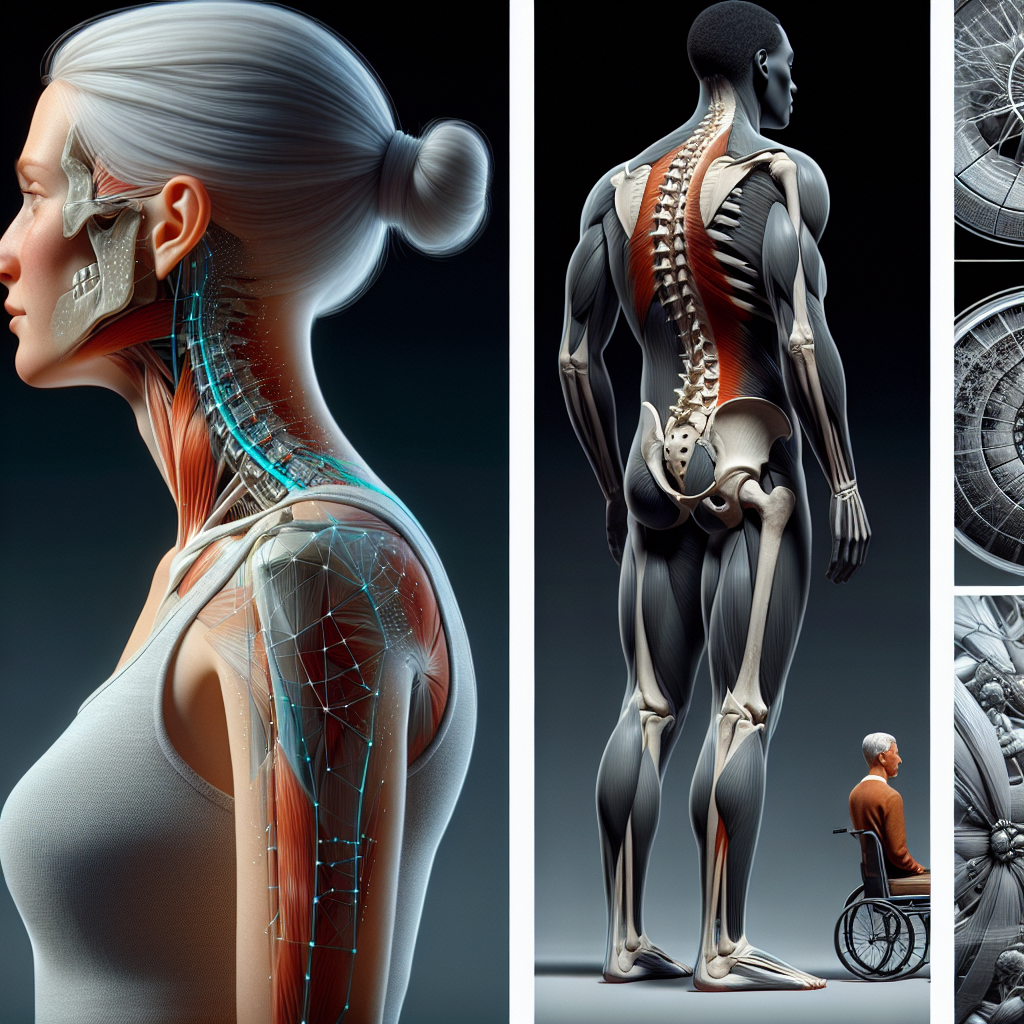
Introduction: Unraveling the Mystery of Lower Crossed Syndromes
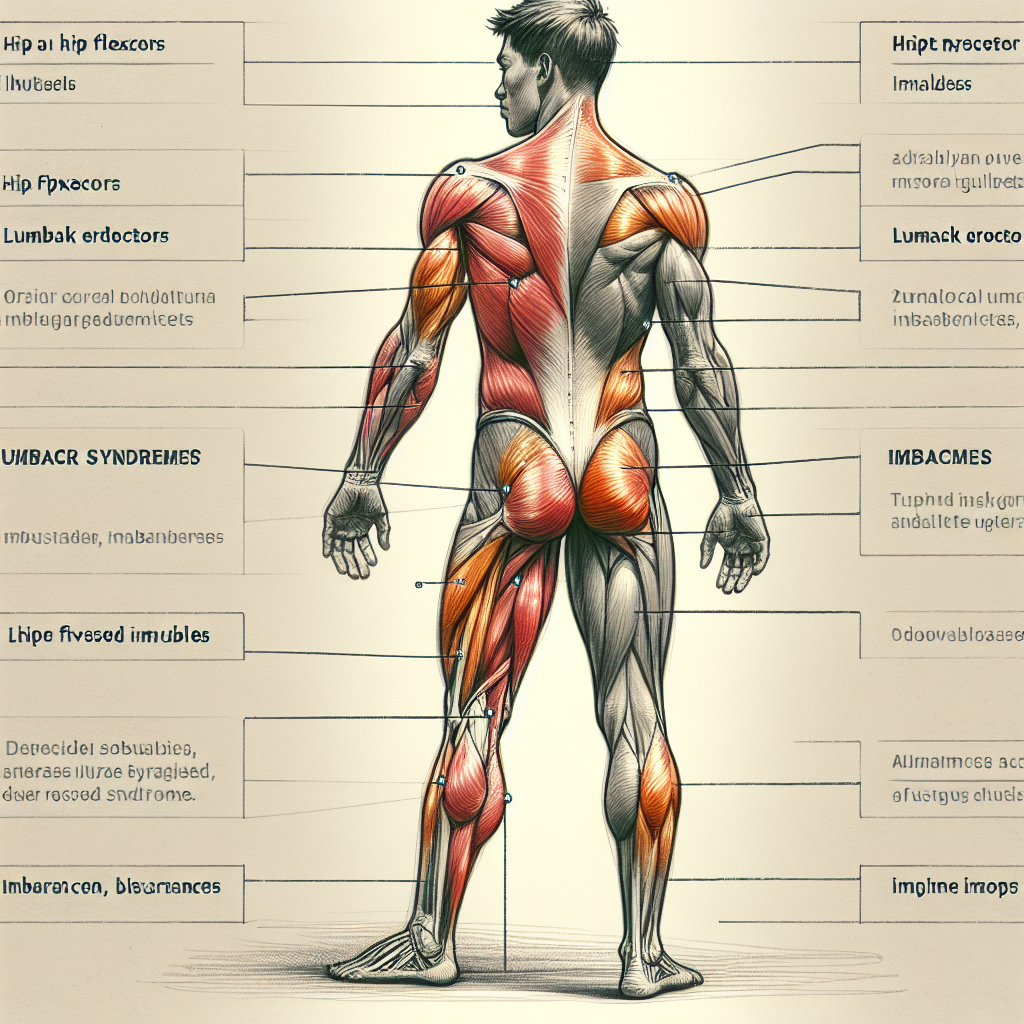
Have you ever experienced chronic pain in your lower back or hips? Does it feel like your muscles are constantly tight and your posture is suffering? If so, you may be grappling with a condition known as lower crossed syndrome. But fear not, for this article is here to demystify the world of lower crossed syndromes and help you find relief. So, let’s delve into the depths of this common yet often misunderstood condition.
What Are Lower Crossed Syndromes?
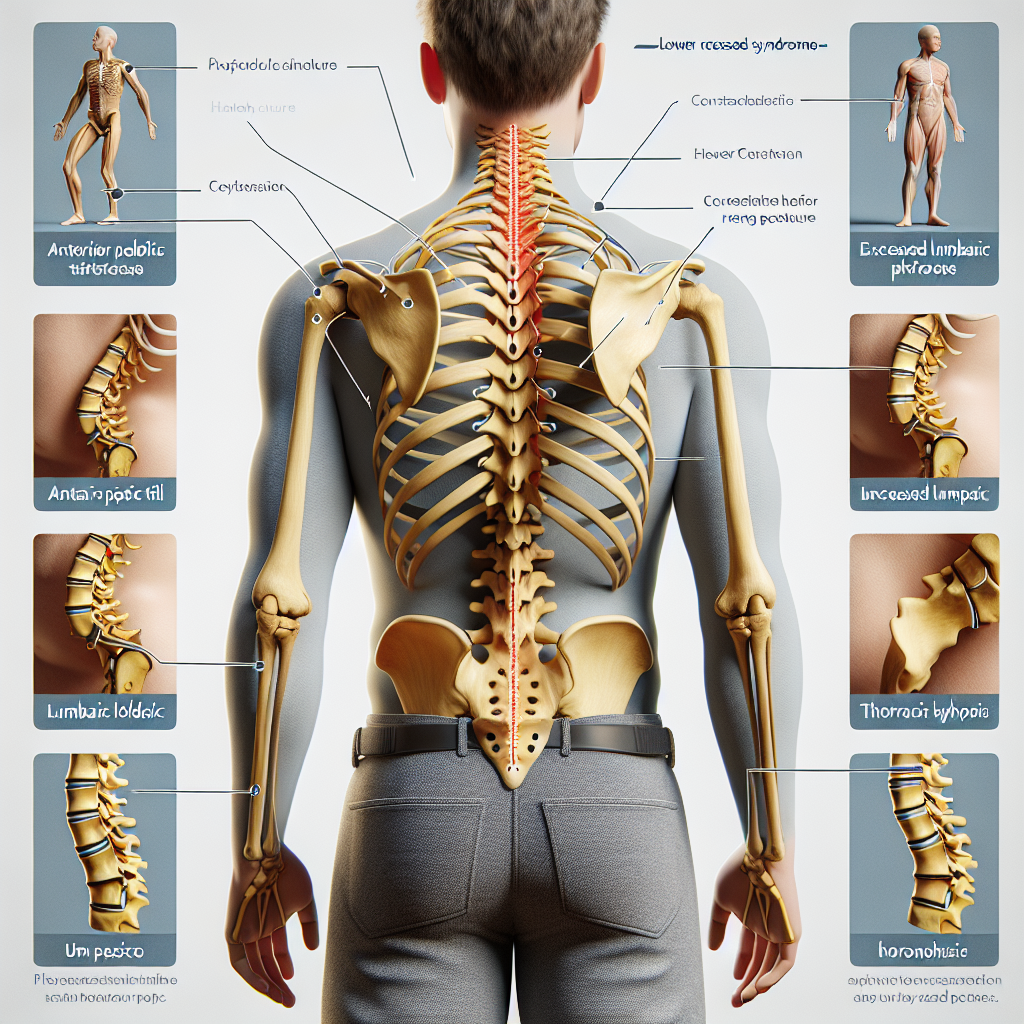
Imagine your body as a perfectly balanced, well-oiled machine. In its most ideal state, all its components work synergistically, allowing fluid movement and function. However, in cases of lower crossed syndromes, this harmony is disrupted due to muscle imbalances and faulty movement patterns.
Lower crossed syndromes typically involve a combination of tight hip flexors and lower back muscles, coupled with weak gluteal and abdominal muscles. This muscular imbalance creates a crossed pattern in the lower region of the body, resembling an «X.» Hence the name, lower crossed syndromes.
The Vicious Cycle: Understanding the Mechanisms

To fully grasp how lower crossed syndromes impact your body, let’s dive into the intricate mechanisms at play. Picture a tug-of-war between the hip flexors and the gluteal muscles. The tight and overactive hip flexors constantly pull at the pelvis, causing it to tilt forward. Simultaneously, weak and dormant gluteal muscles fail to counteract this pull, leading to an increased arch in the lower back.
The consequences reach far beyond mere posture. This muscular imbalance plays a significant role in pain and discomfort experienced in the lower back, hips, knees, and even the neck. With the pelvis tilted anteriorly, excessive strain is placed on the lumbar spine, leading to chronic low back pain. Furthermore, the altered biomechanics can result in knee pain as well, as it disrupts the proper distribution of forces during movement.
Identifying the Telltale Signs: Symptoms of Lower Crossed Syndromes
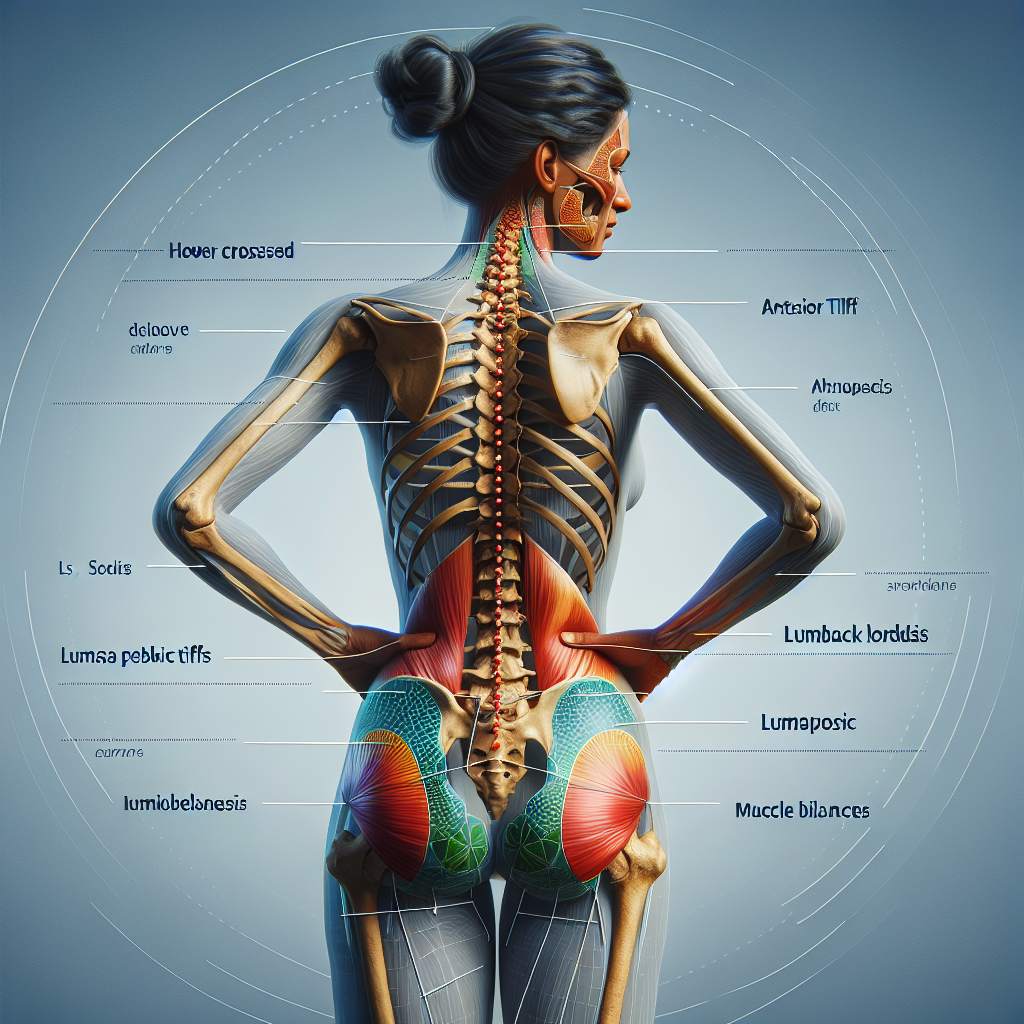
Now that we understand the underlying mechanisms, let’s discuss some common symptoms associated with lower crossed syndromes. Are you experiencing any of the following?
- Chronic lower back pain
- Tightness in the hip flexors
- Increased lower back curve (hyperlordosis)
- Weak or inhibited gluteal muscles
- Anterior pelvic tilt
- Difficulty maintaining proper posture
If you nodded along to any of these symptoms, chances are you’re dealing with lower crossed syndromes. But fret not, for relief is possible!
Breaking Free: How to Treat Lower Crossed Syndromes
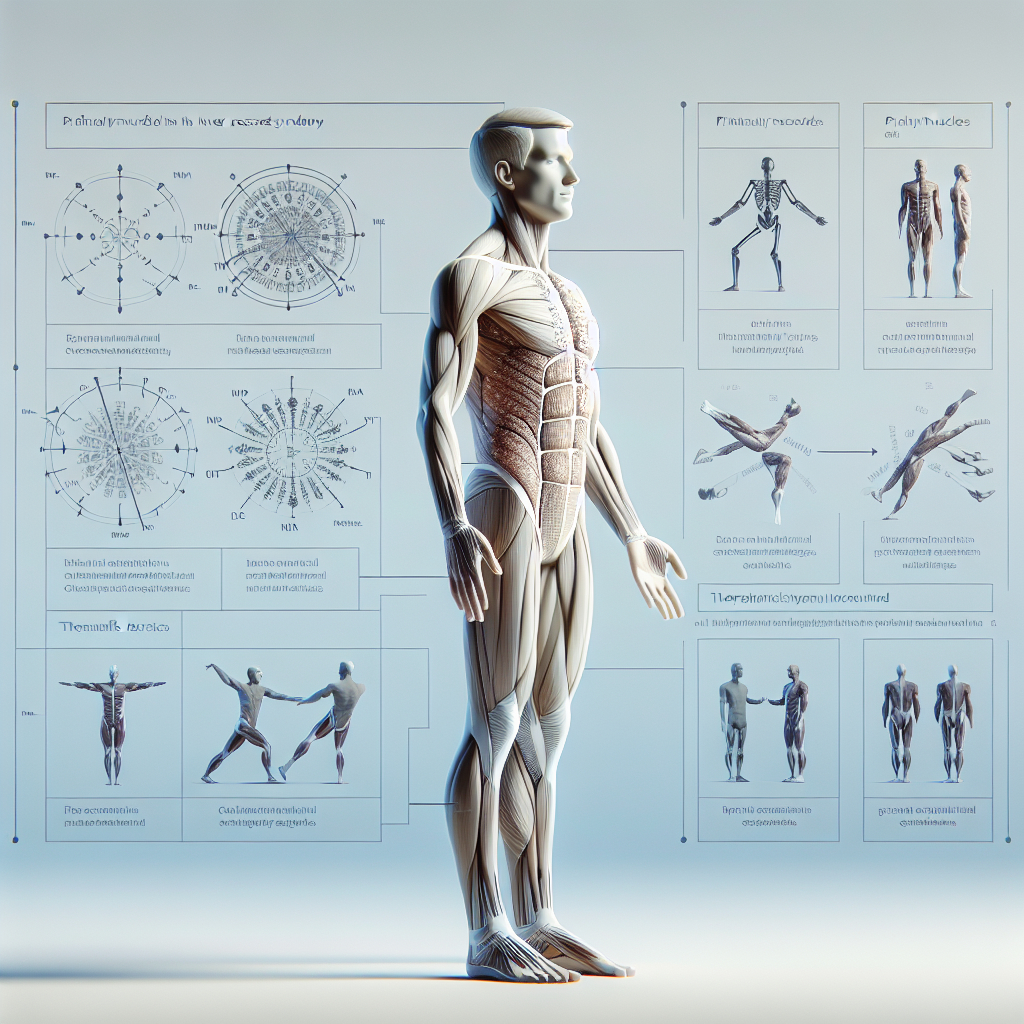
Fortunately, there are steps you can take to alleviate the pain and discomfort caused by lower crossed syndromes. Consider incorporating these strategies into your daily routine:
- Strengthening Exercises: Focus on engaging your gluteal and abdominal muscles to restore balance. Exercises like squats, lunges, and planks can be effective in strengthening these weakened muscles.
- Stretching Routine: Combat the tight hip flexors by incorporating regular stretching into your daily routine. Hip flexor stretches, such as the kneeling hip flexor stretch, can help release tension and promote flexibility.
- Postural Awareness: Pay attention to your postural habits and make conscious efforts to correct them. Sit and stand tall, avoiding excessive arching of the lower back. Consider using lumbar support when sitting for extended periods.
- Physical Therapy: If pain persists, consider seeking the guidance of a physical therapist. They can assess your specific situation and provide targeted treatments to address your unique needs.
The Journey to Pain-Free Living

By now, you should have a solid understanding of lower crossed syndromes and how they can impact your body. Remember, finding relief is possible through a combination of exercise, stretching, and postural corrections. Embrace your journey to pain-free living, and let your body regain its natural balance. Remember, taking small steps today can lead to big rewards tomorrow. So, why not start your journey to a pain-free life now?